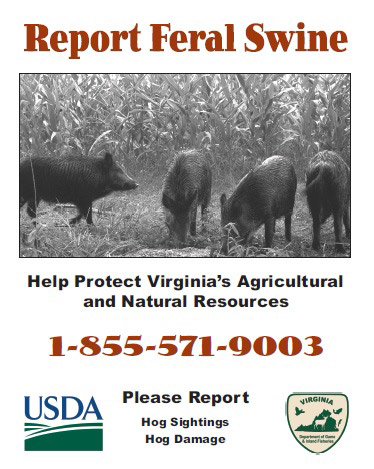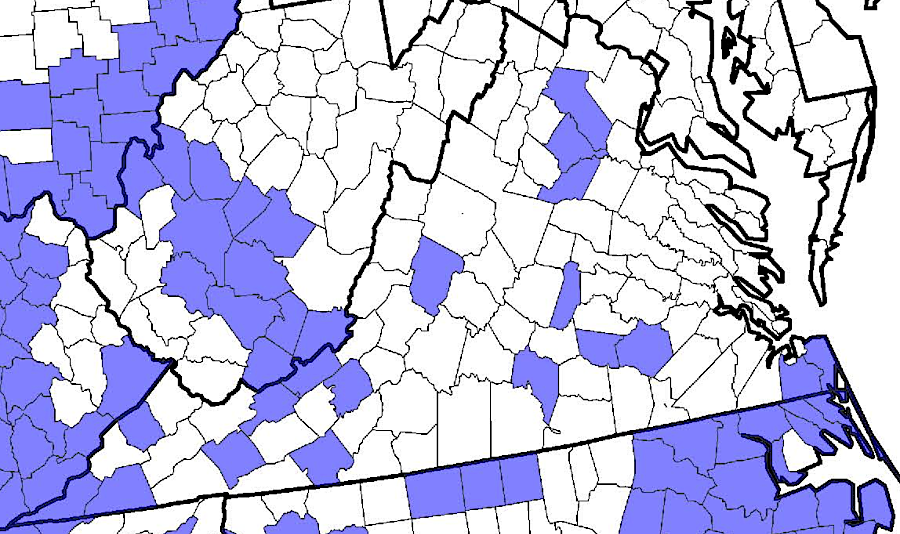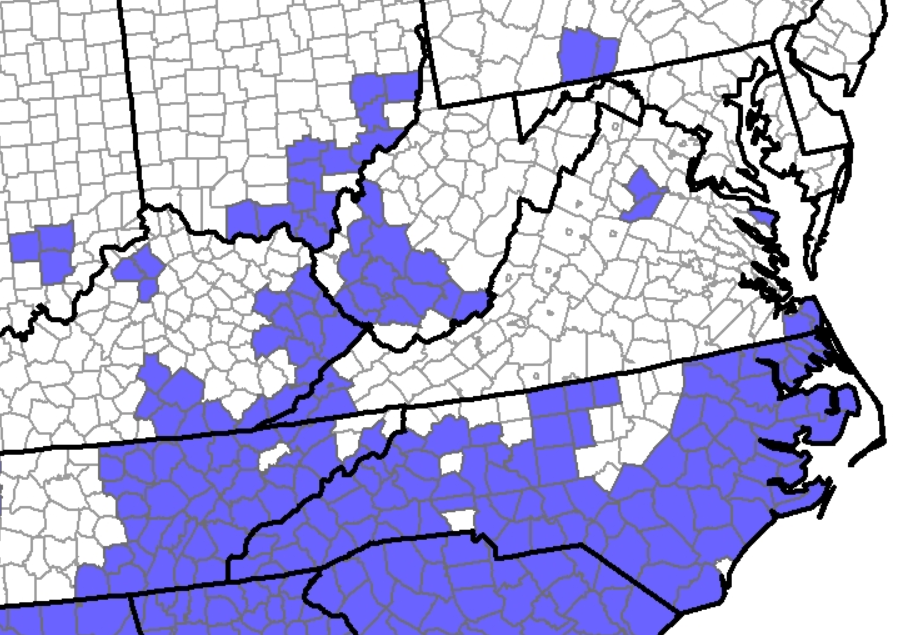
feral hogs are defined as "any swine that are wild or for which no proof of ownership can be made"
Source: Virginia Department of Wildlife Resources (DWR), Feral Hogs

feral hogs are defined as "any swine that are wild or for which no proof of ownership can be made"
Source: Virginia Department of Wildlife Resources (DWR), Feral Hogs
Hogs are not native to North America; they were brought originally by Spanish colonists in the 1500's. According to the US Department of Agriculture, sport hunters imported Russian (Eurasian) boars in the 1900s and:1
Domesticated hogs are easily controlled on a farm, but if they escape and become "feral" they return to their wild nature within a few generations. Feral hogs damage wetland habitats in particular by excessive rooting, soil compactions, and wallowing. They eat a wide range of invertebrates, eggs of reptiles and birds, and small animals, disrupting natural wildlife populations.
Wild pigs are extreme generalist foragers:2
Feral hogs have expanded their range because people have chosen to move them. Irresponsible hunters seeking an opportunity to kill another species close to home are thought to be the primary culprits; there is no other reason to capture and move wild hogs. Between 1982-2022, feral hogs expanded their range north and west from 20 into 36 states. The scattered pattern in which new areas have been occupied is a clue that humans transported the hogs.3
Natural resource managers seek to extirpate local populations before they become self sustaining. Virginia is on the edge of the expanding range, and state/Federal officials have had some success in eliminating small populations of feral hogs.

in 2016, feral hogs were in eighteen widely-separated jurisdictions in Virginia
Source: US Department of Agriculture, History of Feral Swine in the Americas

by 2022, feral hogs were in just eight jurisdictions in Virginia
Source: US Department of Agriculture, History of Feral Swine in the Americas
Source: Virginia Farm Bureau, Episode #167, June B